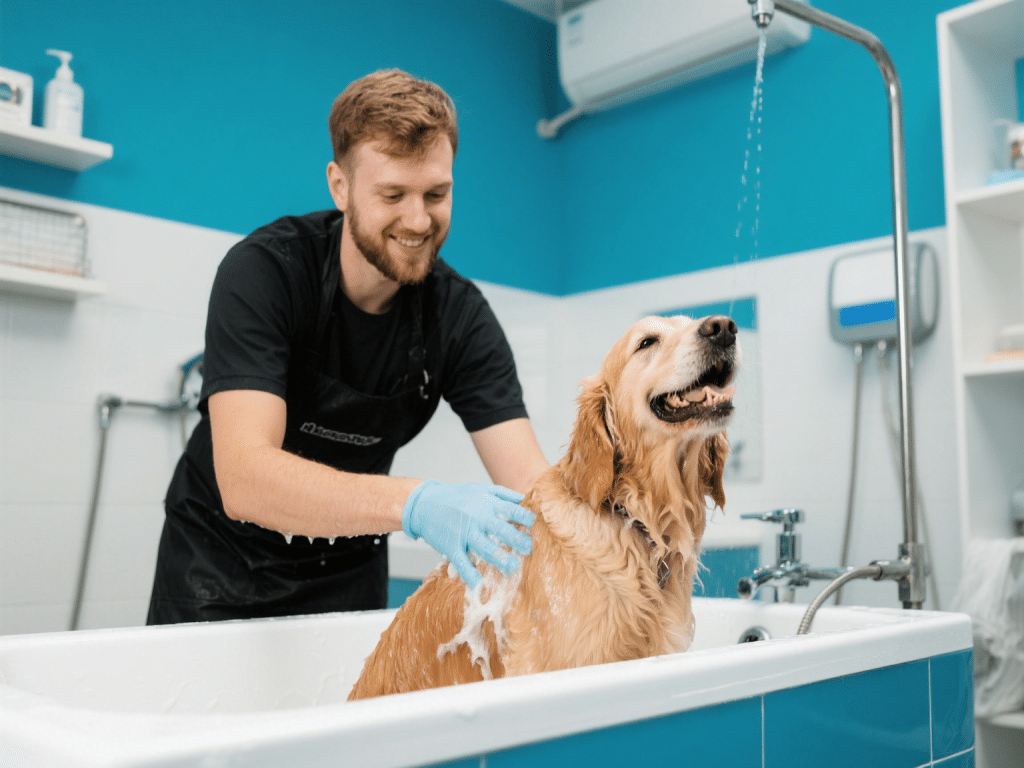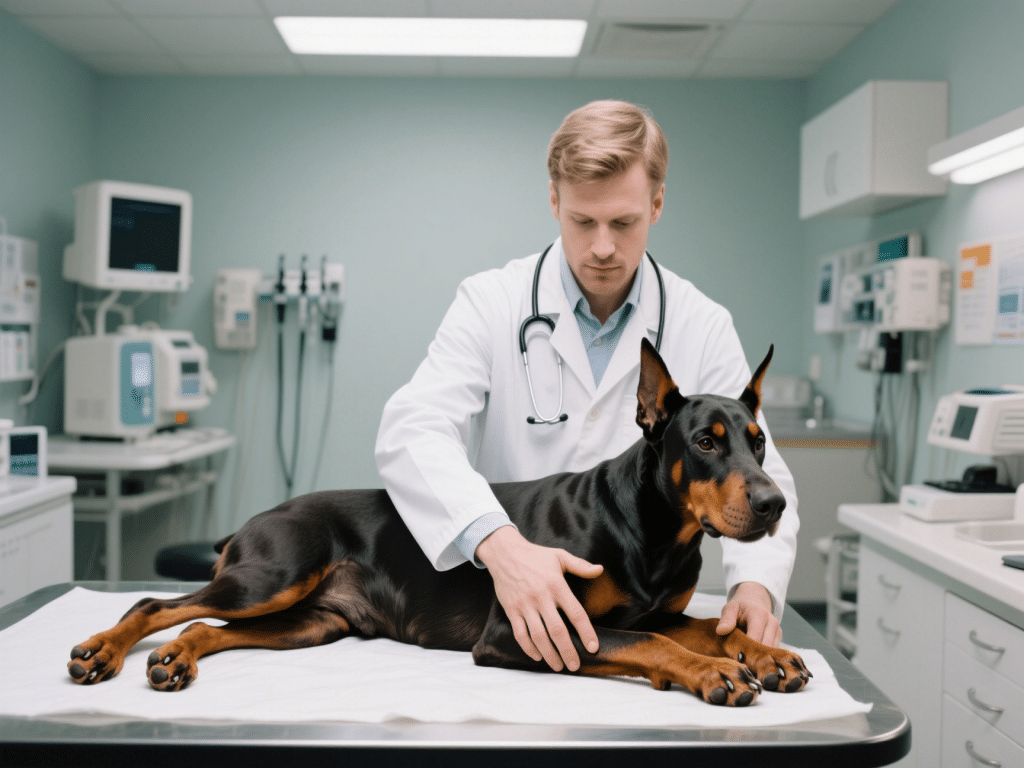Recognizing and Treating Feline Eye Infections Quickly
Cat eye infections escalate rapidly. Delayed treatment risks permanent vision loss or systemic illness. Recognizing early signs enables life-saving intervention.
Critical Symptoms Demanding Immediate Action (Within 24 Hours)
Red Flags:
Cloudy cornea or sudden pupil size changes (indicates ulcer/glaucoma)
Bulging eye or inability to close eyelid (potential proptosis)
Blood in the anterior chamber (hyphema)
Severe squinting with excessive pain vocalization
Yellow Flags (Urgent Veterinary Consultation Needed):
Thick yellow/green discharge crusting eyelids
Third eyelid protruding across 50%+ of eye
Intense redness in conjunctiva or eyelids
Pawing at eye persistently
Light sensitivity (photophobia)
Step-by-Step First Aid Protocol
DO:
Saline Flush: Use sterile saline (contact lens solution without additives). Tilt head, flush from inner corner outward.
Warm Compress: Apply gauze soaked in warm water 3x/day for 5 mins to soften crusts.
E-Collar: Prevent self-trauma immediately.
NEVER:
Use human eye drops (tetracycline/steroids cause feline toxicity)
Force eyelids open if glued shut (risk corneal tear)
Apply home remedies (honey, herbal washes)
Veterinary Treatments & Diagnostics
Expect these evidence-based approaches:
Fluorescein Stain Test: Detects corneal ulcers under blue light.
PCR Testing: Identifies herpesvirus (FHV-1), calicivirus, or bacterial pathogens.
Prescription Therapies:
Viral: L-lysine, famciclovir, interferon drops
Bacterial: Terramycin or fluoroquinolone antibiotics
Ulcers: Serum eye drops from patient’s blood
Prevention & Long-Term Management
Vaccinate: Core FVRCP vaccine reduces herpesvirus severity
Stress Reduction: Use Feliway diffusers; 85% of latent FHV-1 reactivates during stress (Journal of Feline Medicine, 2024)
Nutrition: Omega-3 supplements support tear film quality
Environmental Hygiene: Disinfect surfaces with accelerated hydrogen peroxide (Rescue™)
Pro Tip: Keep a feline-specific eye wash kit (saline, gauze, e-collar) in your pet first aid kit. Document discharge color/photos daily for your vet.
Untreated eye infections can cause blindness within 72 hours. When in doubt, seek veterinary ophthalmology consultation immediately. Early action preserves vision and prevents costly surgeries like enucleation.










Comments on "Recognizing and Treating Feline Eye Infections Quickly" :